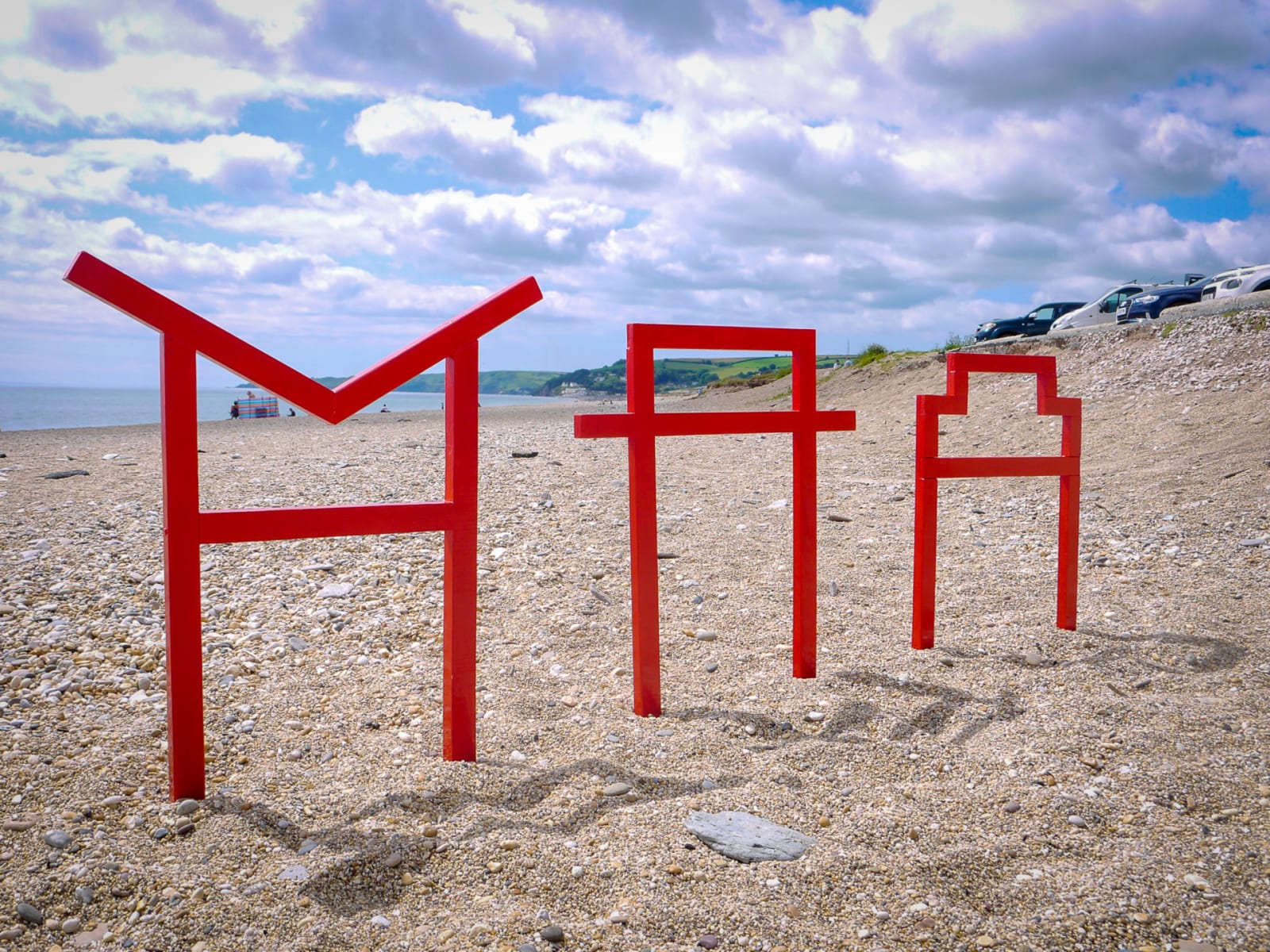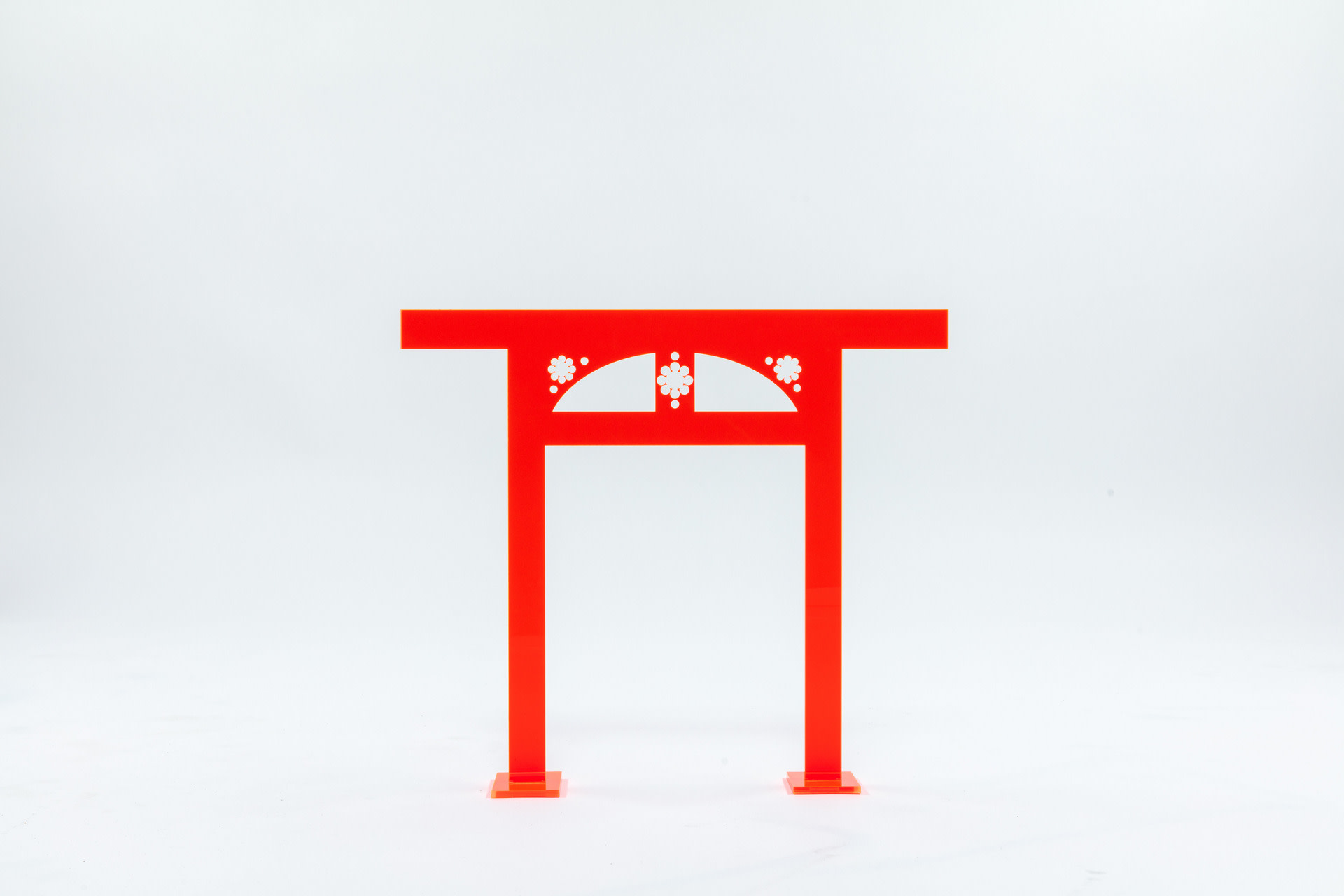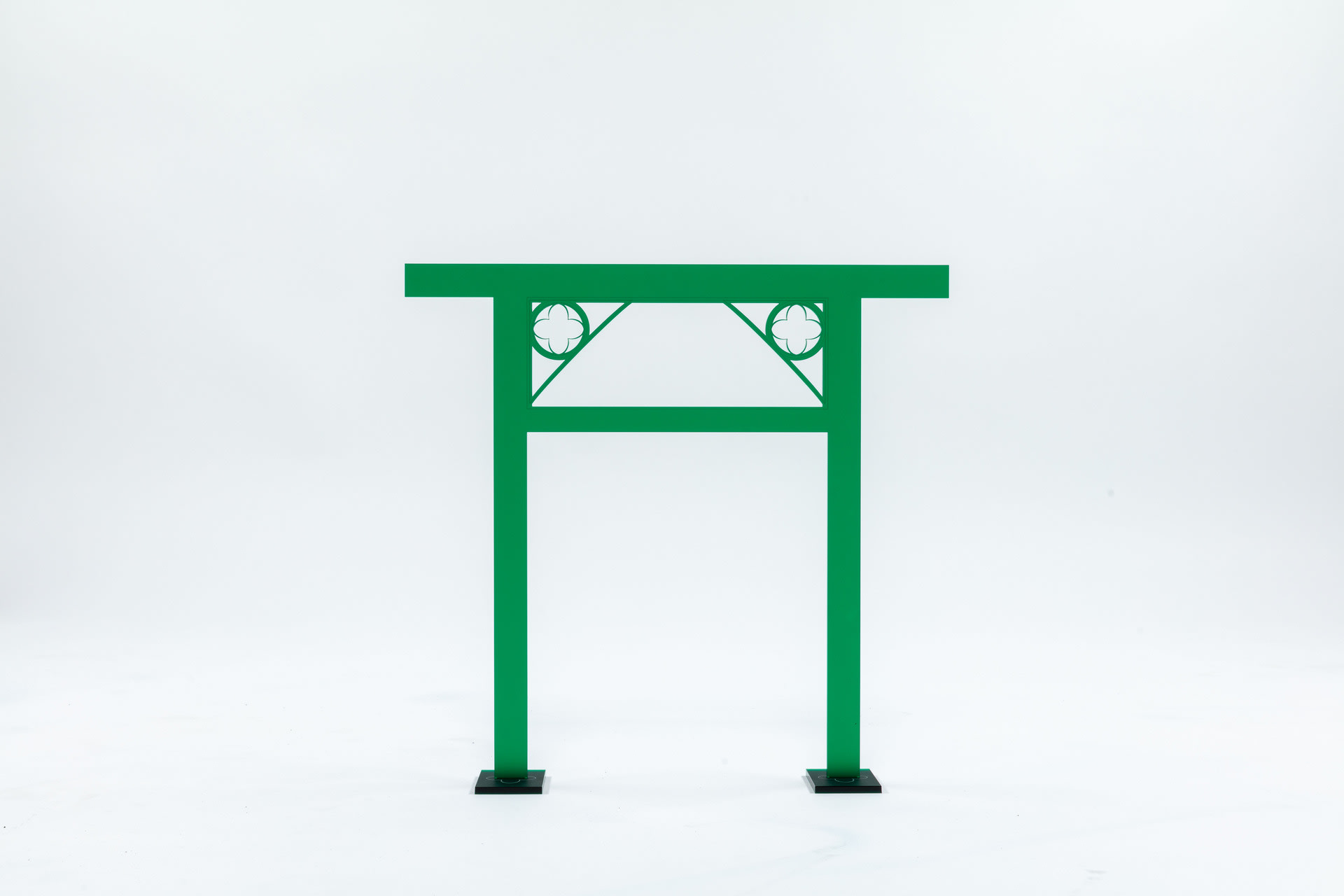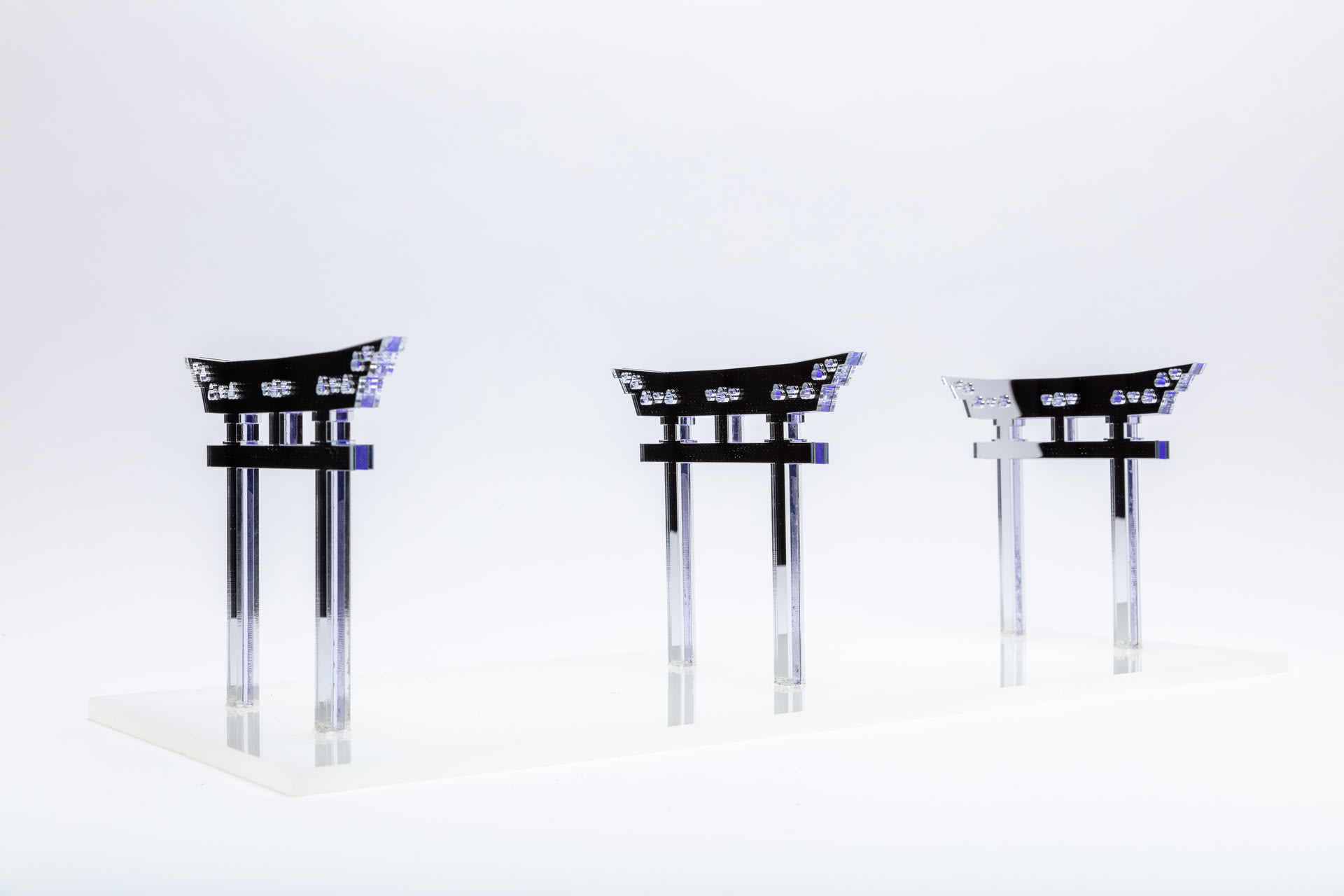Jasmin Saya Young is an Anglo-Japanese artist exploring themes such as iconography, thresholds, identity and hybridity.
Education
2020-2022/ Royal College of Art - MA Sculpture
2017-2020/ Winchester School of Art, University of Southampton - BA Fine Art
Exhibitions
2022 We Won’t Stop Showing, SET Woolwich
2022 MA photography exhibition series 4: ‘They Spent all our money at the Dubai expo XD’, Side and Bridge studio 3rd floor Dyson building, Royal college of Art Battersea
2021 Royal college of Art Work in Progress online show
2020 ARTSTHREAD Global Design Graduate Show 2020- shortlisted
2019 Itinerant Objects with Winchester School of Art, Tate Exchange, Tate Modern
2019 Contemporary Curation Interim Show, Winchester gallery, Winchester School of Art
2019 MA BA show ‘Lift’, West side Foyer, Winchester school of Art
2018 How to build a Biennale with Winchester School of Art, Tate exchange, Tate Modern





























